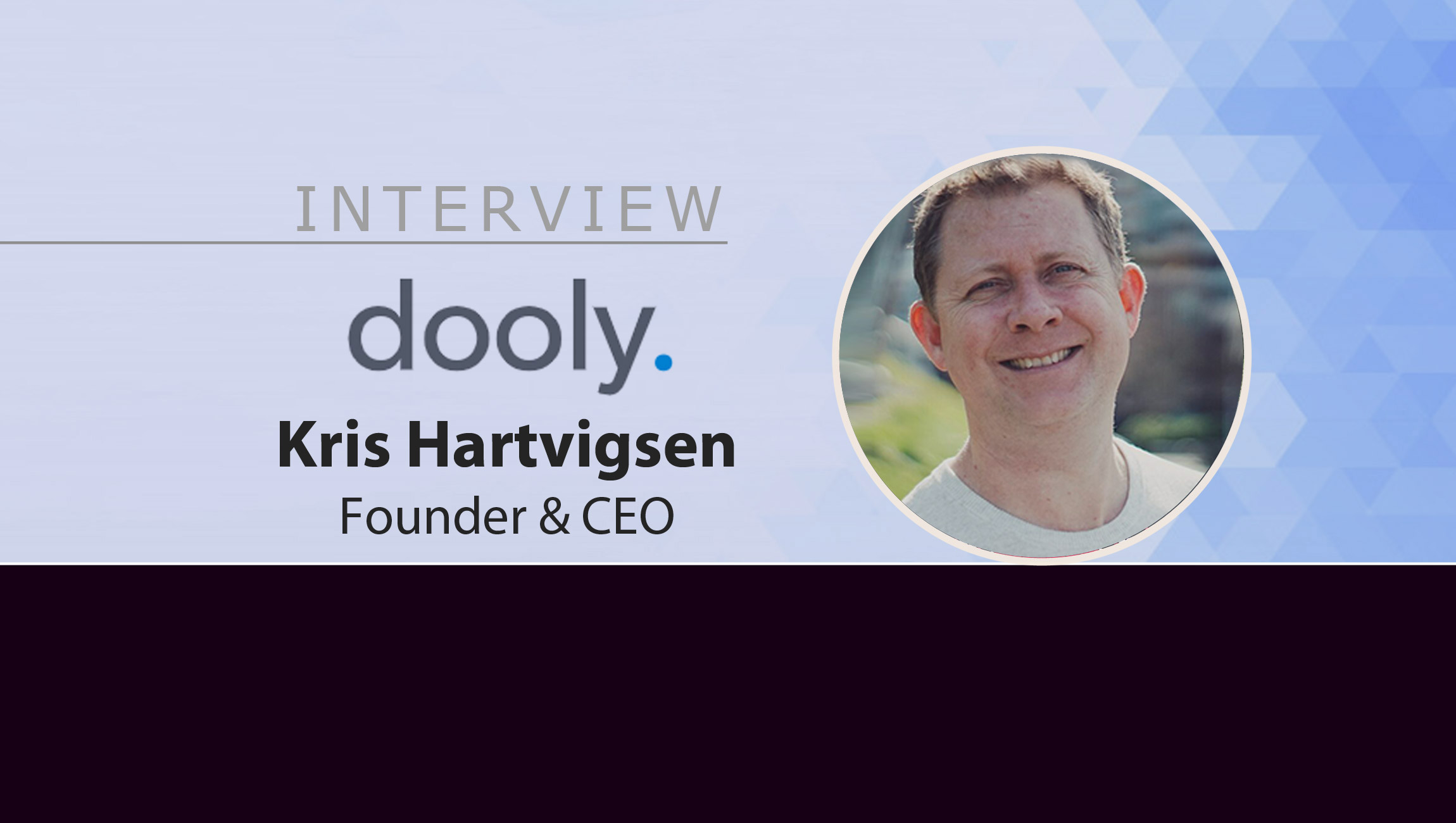Jamie Mellalieu, Chief Revenue Officer at UserZoom talks about a few customer experience and revenue optimization trends in this Q&A:
______
Welcome to this MarTech Series chat Jamie, tell us more about your role at UserZoom and a few revenue technologies you use to drive your everyday operations?
My role at UserZoom is Chief Revenue Officer (CRO), which encompasses all of the company’s go-to-market strategies from the top down. This includes everything from researching and uncovering potential prospects, identifying how UserZoom can add value to those would-be customers, all the way to renewing customers at the end of their contract agreement.
As far as what specific technologies my team and I use to drive our operations, it shouldn’t be a surprise to know that we heavily rely on our Salesforce CRM to better organize and manage our pipeline. Just like everybody else, we’ve also grown accustomed to using Zoom and Chorus.AI to meet with clients and prospects in the new virtual world.
Less obvious than Zoom and Salesforce, is the power that “Forecasting AI” tech gives us when building relationships with potential prospects. We use these tools to anticipate the needs of who we’re trying to sell to, putting us in a better position to serve the customer. Finally, we’re big proponents of using enablement tech to upskill our employees. We use Lessonly to ensure our team has the access to resources they can use to not only improve their sales skills, but to inform the client as well.
Marketing Technology News: MarTech Interview with Jamie Gier, CMO at Ceros
How are you seeing the role of the CRO in the tech marketplace evolve today? What are some top marketing, sales and other business technologies that you feel CROs of today need to be more adept with?
You’re right, it’s no secret that the role of the CRO is rapidly evolving. As the SaaS model continues to mature, a greater percentage of time is spent thinking about the customer side of the sales cycle. Before, the primary focus of the role was just ensuring you’re building the right sales team based on expertise in a certain territory or vertical market. The tech stack wasn’t really something you thought much about. Now, things are changing. Forecasting tools and RevOps platform are becoming a CRO’s best friend. As a salesperson, you typically aren’t on the buying side as often, but it’s important to put on that hat to gain the skills required to properly evaluate a piece of software. If CROs aren’t able to properly evaluate the tech they’re being offered, that may end up becoming glaringly obvious in their own selling strategies.
We’d love to hear your observations on how customer experience trends are evolving across industries? What are some top CX highlights from the recent years that you feel will now dominate the B2B and B2C markets?
Evaluating CX has traditionally come through post-transactional touchpoints, which in many cases are actually offline. This includes things like the survey at the end of a phone call you have with your utility company, or a letter in the mail from your mechanic asking how your recent oil change went. While these methods of gauging how a customer felt about their experience will still exist, the pandemic accelerated the need for digital CX – and that is here to stay. Experience now needs to be analyzed more holistically. That means if you’re buying something online and picking it up in store, the experience starts the minute you open the company’s website and lasts until you leave the store with your product. All these touchpoints need to be taken into consideration.
Right now, experience is typically siloed. That means you’ve got one team working on customer experience, one team looking at user experience, one team on in-store experience, etc. The industry needs to break away from these silos and bring everything together, so they have a complete 360 view of customer wants and needs. Once customers realize how easy it is to shop on their couch and receive a package next day, they’re not going to go back to the old ways of shopping, and companies need to follow suit.
Can you talk about some of the most innovative ways in which you’ve seen marketers around the world use their martech stack to create and power exceptional brand and customer experiences and journeys?
The most innovative way I’ve seen marketers use their tech stack to create exceptional, personalized customer experiences and journeys is by being obsessed with what customers are saying, thinking, feeling and needing. While it may seem obvious, some companies just rely on their product to do the talking and don’t focus on creating a good experience around that product. While product is obviously important, if marketers can identify what their customers are looking for and how they’re feeling, they’ll move ahead of their competition by being able to craft an experience to match. We live in an experience economy, and businesses need to spend their campaign dollars to match a top-of-the-line product with an equally good experience.
As martech evolves and allows marketers to preempt customer needs, how do you feel marketers of tomorrow will have to think differently to stay a step ahead?
Marketers need to find the right balance between the left and right side of their brains. Marketing is both a science and an art form. It’s so easy to just revert completely back to one side. You may think you’ve had a genius creative breakthrough that’s sure to work, even without any supporting data. Or you may have a treasure trove of data with no creative idea on how to leverage it, Marketers need to find the right combination of creativity and leveraging good data to create experiences that will be well-received by customers.
A few takeaways for marketing leaders and CMOs/CROs in 2021?
The pandemic taught us that experience is king. People no longer just accept the digital experiences that are given to them by companies, they have increasingly high expectations, in part due to the digital acceleration caused by the pandemic. They’ll complain about everything now, even if their fries were forgotten in a DoorDash order. As a result of these high expectations, digital experience has to be a closed feedback loop across the entire customer journey, from acquisition to fulfilment, in order to mitigate or deal with those complaints in the first place.
However, that’s not to say complaints are always a bad thing – they’re a necessary segment of the feedback loop. This feedback loop helps to keep the complaints from emerging on other channels and stops customers from switching to competitors. In the fries example, if a customer is able to send feedback digitally through the app, the company can both track and respond to that complaint and offer a solution for that same experience, such as sending new fries or adding a credit to the account. This provides the customer with a better, more frictionless experience, saving them from having to phone support or deal with the food vendor directly.
From a marketer’s perspective, being tech savvy is a skill that needs to be developed in your organization, both in terms of how to use tech and how the organization is thinking about it. Too often, we see new tech and think it’s cool and want to buy it right away. But when you try to implement that tech into an already complex ecosystem, you’re going to have issues and struggles. You need to have a good relationship with corporate IT, which can help shine a light on not only which tech needs to be implemented, but also when and how. By being more thoughtful on new tech decisions, you can continue to develop your stack in a way that’s not too burdensome to employees.
Marketing Technology News: MarTech Interview with Vance Reavie, CEO at JunctionAI
 UserZoom is the all-in-one Experience Insights Management (XIM) solution for the enterprise. Its platform and services provide the quantitative and qualitative insights essential to measuring and improving digital experience. With offices in four countries, the company helps global brands such as Google, Oracle, Aetna, Santander, News UK and half of the Fortune 100 raise the bar for an outstanding digital experience.
UserZoom is the all-in-one Experience Insights Management (XIM) solution for the enterprise. Its platform and services provide the quantitative and qualitative insights essential to measuring and improving digital experience. With offices in four countries, the company helps global brands such as Google, Oracle, Aetna, Santander, News UK and half of the Fortune 100 raise the bar for an outstanding digital experience.
Jamie Mellalieu is the Chief Revenue Officer at UserZoom











